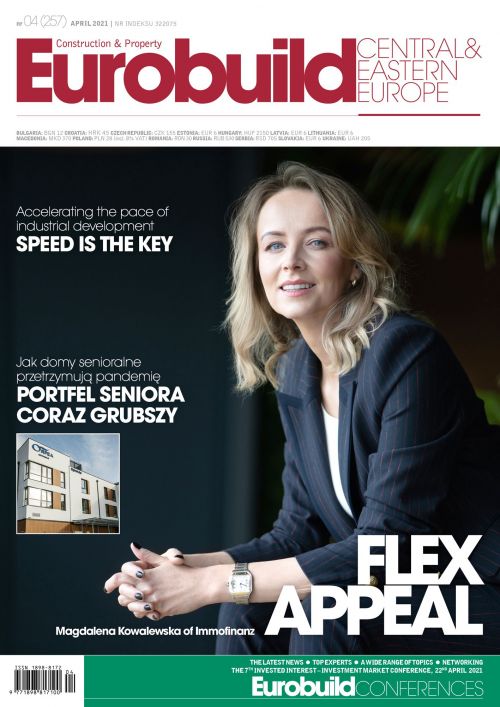Today the warehouse market is as hot as it’s ever been. As shopping centres and hotels continue to suffer under the impact of the Covid-19 restrictions, investors are instead looking to make returns from the booming warehouse market. In a competitive market, where everyone wants to build with scale, speed in decision-making has become the key to success. Neither investors nor developers can afford any delays, since bargains might pop up that they don’t want to miss.
These days what most characterises a typical warehouse transaction is the early involvement of investor capital. According to Artur Kulawski, the head of real estate and a managing partner at the Linklaters law firm in Warsaw, the logistics sector is currently dominated by development financing, otherwise known as forward funding. An investor will finance a developer so that a project is completed first before they then buy it and lease it out. In such a transaction, the developer will first find a suitable plo































































